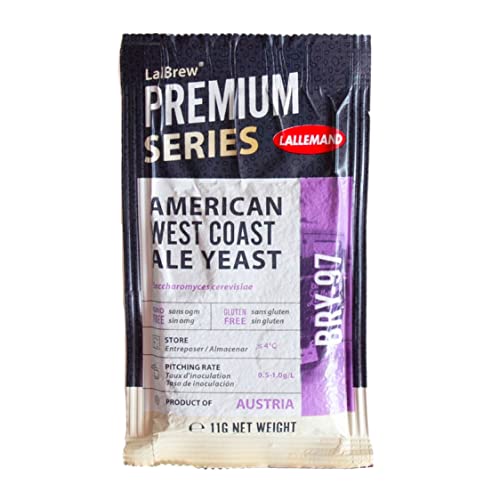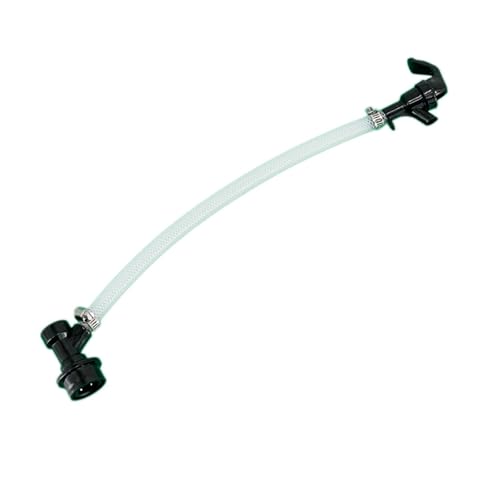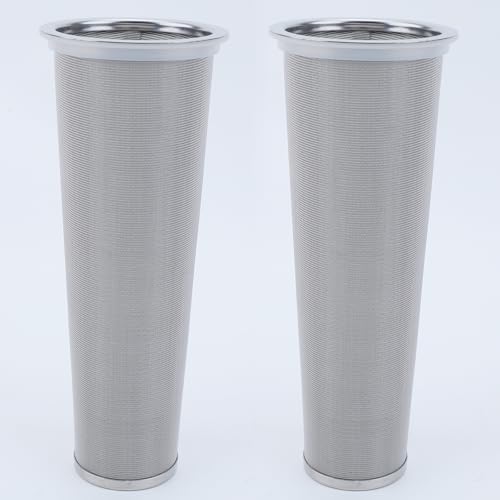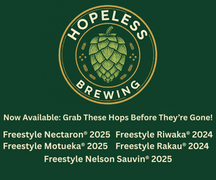I just pitched WLP 002 (same as 1968 supposedly) into a 1.077 English IPA. Not technically a repitch, but grown from a slant. It was a split batch with WY1318. I pitched on 28 June low at 63F and set the ferm chamber for 66F, letting it rise naturally. I would normally set for 68, but since I split the batch and had 2 ferementers in there, I took the temp from the ambient air as opposed to taping the sensor to the side of a fermenter. Cautioning on the low side a degree or 2 seemed the thing to do in this circumstance.
1 July the 002 was 1.035, the 1318 was 1.040. I set the chamber for 64.
5 July the 002 was 1.020, the 1318 was 1.026. I set the chamber for 68.
Right now, the 002 is definetly the more flocculant of the two. Seems like it'll be clear in no time, as I have found in the past. It is malty up front, with some minor fruityness on the back end that goes away with the swallow. It is mildly harsh bitterness-wise, with a little 'hot'ness. It is very subtle on the nose as far as yeast/hop aroma goes. So far it looks like I am in the low 70's for attenuation. Which is low for me, I usually over attenuate with most strains, and this one ion the past. I do expect it to drop a few more points.
Once the bitterness subsides, and that little hotness mellows, it should be a very nice balanced,clean beer.
For the record, the 1318 in this batch is smoooooth. No harshness at all. It is also malty up front, but the fruitiness hits sooner, tastes noticeably bigger, and lingers a bit longer. It is also fruity on the nose.
I am kind of disapointed actually on the hop character displayed, that is, very little. That comment is for both. I am dry hopping these, so hopefully it'll pick them up a bit. This is what my water looked like. I did try to treat it, used the Brun Water spreadsheet. Any errors are of course mine. I meant to have some distilled on hand to build proper, but that was failure #1 of many that day.
Calcium (ppm) Magnesium (ppm) Sodium (ppm) Sulfate (ppm) Chloride (ppm) Bicarbonate (ppm) Cations (meq/L) Anions (meq/L) Total Hardness
158.9 0.0 72.3 294.9 63.8 191.9 11.1 11.1 397
Here was the recipe:
Boil Size: 5.97 gal
Post Boil Volume: 5.20 gal
Batch Size (fermenter): 5.00 gal
Bottling Volume: 5.00 gal
Estimated OG: 1.073 SG
Estimated Color: 8.3 SRM
Estimated IBU: 52.3 IBUs
Brewhouse Efficiency: 75.00 %
Est Mash Efficiency: 75.0 %
Boil Time: 90 Minutes
Ingredients:
------------
Amt Name Type # %/IBU
6 lbs Pale Malt, Golden Promise (2.0 SRM) Grain 1 44.7 %
6 lbs Pale Malt, Marris Otter (3.0 SRM) Grain 2 44.7 %
1 lbs 1.0 oz Carastan, Light (15.0 SRM) Grain 3 7.9 %
6.0 oz Caramel/Crystal Malt - 40L (40.0 SRM) Grain 4 2.8 %
1.00 oz First Gold [3.30 %] - First Wort 90.0 mi Hop 5 13.3 IBUs
1.00 oz Goldings, East Kent [5.80 %] - First Wor Hop 6 23.5 IBUs
1.00 Items Whirlfloc Tablet (Boil 15.0 mins) Fining 7 -
1.00 oz First Gold [3.30 %] - Boil 15.0 min Hop 8 5.6 IBUs
1.00 oz Goldings, East Kent pellets [5.80 %] - B Hop 9 9.9 IBUs
1.00 oz First Gold [3.30 %] - Aroma Steep 30.0 m Hop 10 0.0 IBUs
1.00 oz Goldings, East Kent [5.80 %] - Aroma Ste Hop 11 0.0 IBUs
1.0 pkg English Ale WLP002 (White Labs #WLP002) Yeast 12 -
Mash Schedule: Single Infusion, Medium Body, Batch Sparge
Total Grain Weight: 13 lbs 7.0 oz
----------------------------
Name Description Step Temperat Step Time
Mash In Add 16.79 qt of water at 163.7 F 152.0 F 60 min
Sparge: Batch sparge with 2 steps (0.40gal, 2.99gal) of 168.0 F water


![Craft A Brew - Safale S-04 Dry Yeast - Fermentis - English Ale Dry Yeast - For English and American Ales and Hard Apple Ciders - Ingredients for Home Brewing - Beer Making Supplies - [1 Pack]](https://m.media-amazon.com/images/I/41fVGNh6JfL._SL500_.jpg)






















































